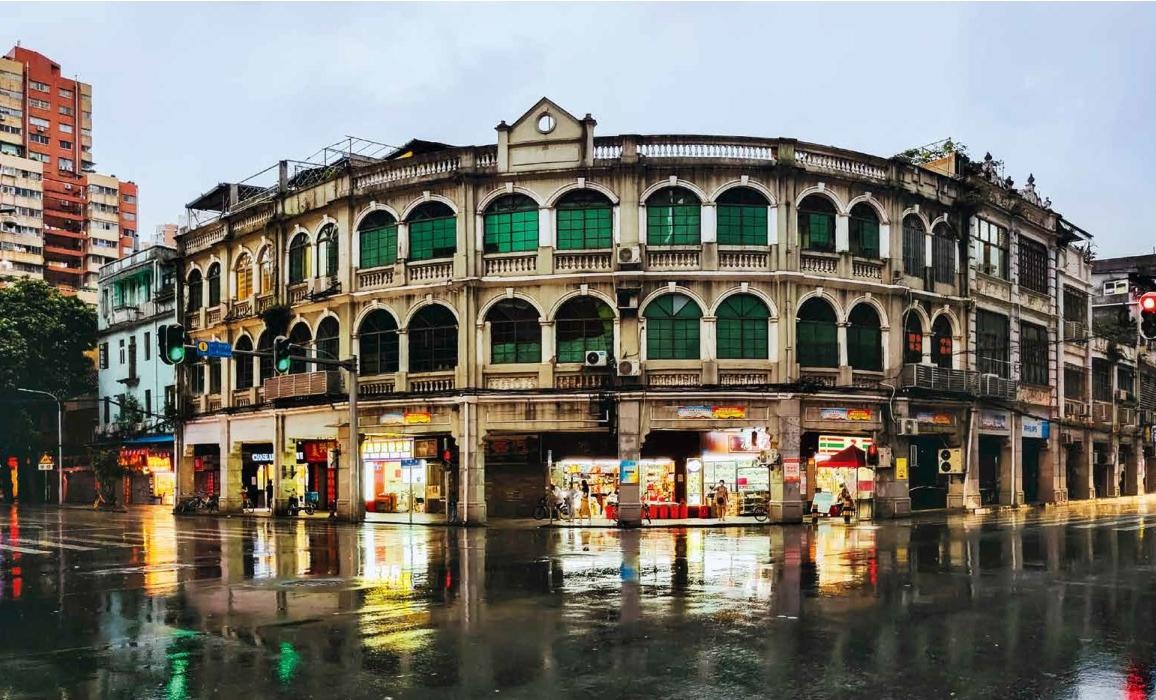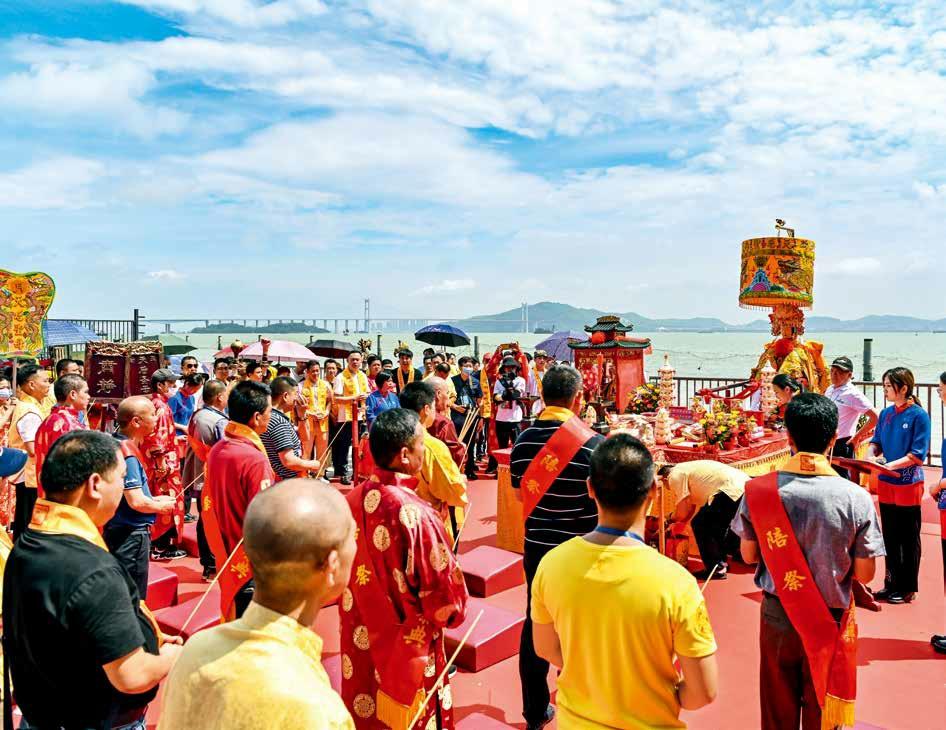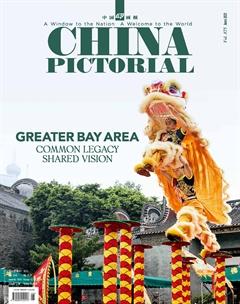On Chinese Regional Cultures
by Ge Jianxiong
Chinas long history and wide geographical area gave birth to its rich and colorful civilization, consisting of different regional cultures with unique features.
Regional culture is one of the best reflections of the cultural identity of a region. The renowned Chinese historian Sima Qian(145-90 B.C.) in the Western Han Dynasty (206 B.C.-9 A.D.) quoted an old saying in his masterpiece Records of the Grand Historian: Styles change from region to region even 30 miles away and customs vary from region to region 60 miles away. Styles are fashion which is ever-changing, and customs refer to relatively stable convention. However, both are very likely to evolve into regional traditions from generation to generation. The substance and value of a regional culture determine whether it can turn into a tradition.
Culture is tangible. It is reflected in peoples food, clothing, shelter and transportation. As Frederick Engels said at the funeral of Karl Marx, Marx discovered the law of development of human history: the simple fact, hitherto concealed by an overgrowth of ideology, that mankind must first of all eat, drink, and have shelter and clothing before it can pursue politics, science, art, religion and so on. So the Chinese regional cultures can be observed in terms of the following five characteristics:
Diet. The food people eat every day is a mirror of local products unique to the environment of a place. People in northern China grow wheat, while people in southern China farm paddy rice. People in the agricultural areas eat farm produce, while people in the pastoral areas consume mainly milk and meat. Different groups of people have developed different eating habits.
Dialect. Dialect is one of the most important ways to connect people in a region. Dialects have played an important role in Chinese history. A regional political group or even an administrative region could develop based on the dialect spoken by a group of people living in the region. A case in point is the Guanlong Military Aristocratic Group in the Tang Dynasty (618-907). Local operas are also products of dialects. For example, Shanghai Opera is mainly based on the Shanghai dialect.
Residential building. Most of the residential buildings are made from local materials and adapted to the local climate and environment. The stilted houses in Fenghuang ancient town in southern Hunan Province, arcade buildings in southern Guangdong Province, watchtowers in the south of the Nanling Mountains, and Shikumen-style buildings in eastern Shanghai municipality are all architectures peculiar to the region.
Weddings, funerals and festivities. Maintaining a custom or etiquette requires materials and money. During weddings and funerals, people often spend more than they can afford. Because of this, local customs and etiquettes still exist. For example, people in northern China eat different kinds of dumplings during the Chinese New Year to wish for a better life. Even if they move to other places, they will preserve the rituals and customs if possible. This is also a kind of nostalgia for them. Once a tradition is formed, it will be preserved for a long time.
Beliefs among folks. Compared with religious beliefs in the West, Chinese beliefs are more secular. The Chinese pay more attention to their reality, and their beliefs vary in different regions. For example, the south of the Yangtze River has been the land of sericulture since ancient times, so the goddess“Silk Flower” emerged there, and is worshipped every year for a bumper harvest. The Chinese sea goddess Mazu that Fujian residents worship stands for wish for safety on sea. After people from Fujian moved to Taiwan, they brought the belief to the island.
Regional cultures constitute a rich and colorful Chinese culture. They testify to the great vitality of the Chinese culture. These local cultures reflect the conditions of the culture, especially folk culture and grassroot culture. They are also beneficial to the local economy and living conditions of the locals. Last but not the least, they are important for the preservation of traditional Chinese culture.
The current material life of the Chinese has greatly exceeded the imagination of generations, but the spiritual life may not have caught up. Some outstanding figures in Chinese history reached a spiritual realm that people may not surpass in the future. Therefore, these regional cultures should be well preserved and carefully studied. In the past, protection of most regional cultures was passive, but some regional cultures can be saved from extinction only through an active way. Even the negative things in regional culture should also be recorded as a piece of history.
The ideal regional culture should be the one in which there is coexistence of diversity. With the advancement of technology and productivity, the convergence of regional cultures is inevitable, and new regional cultures will continue to take shape. The popular ones will be integrated into the world civilization as they find their way in China and beyond.

